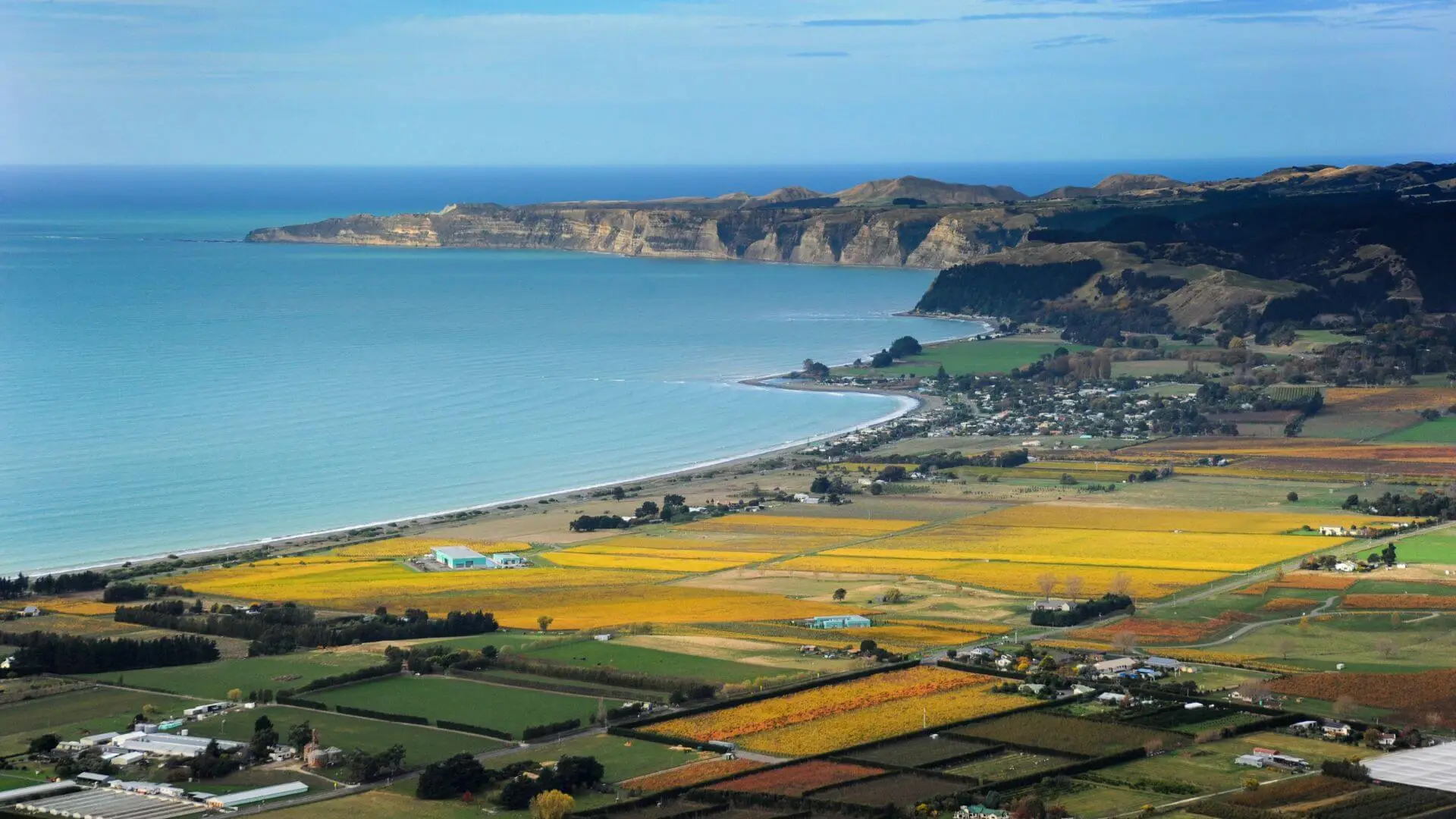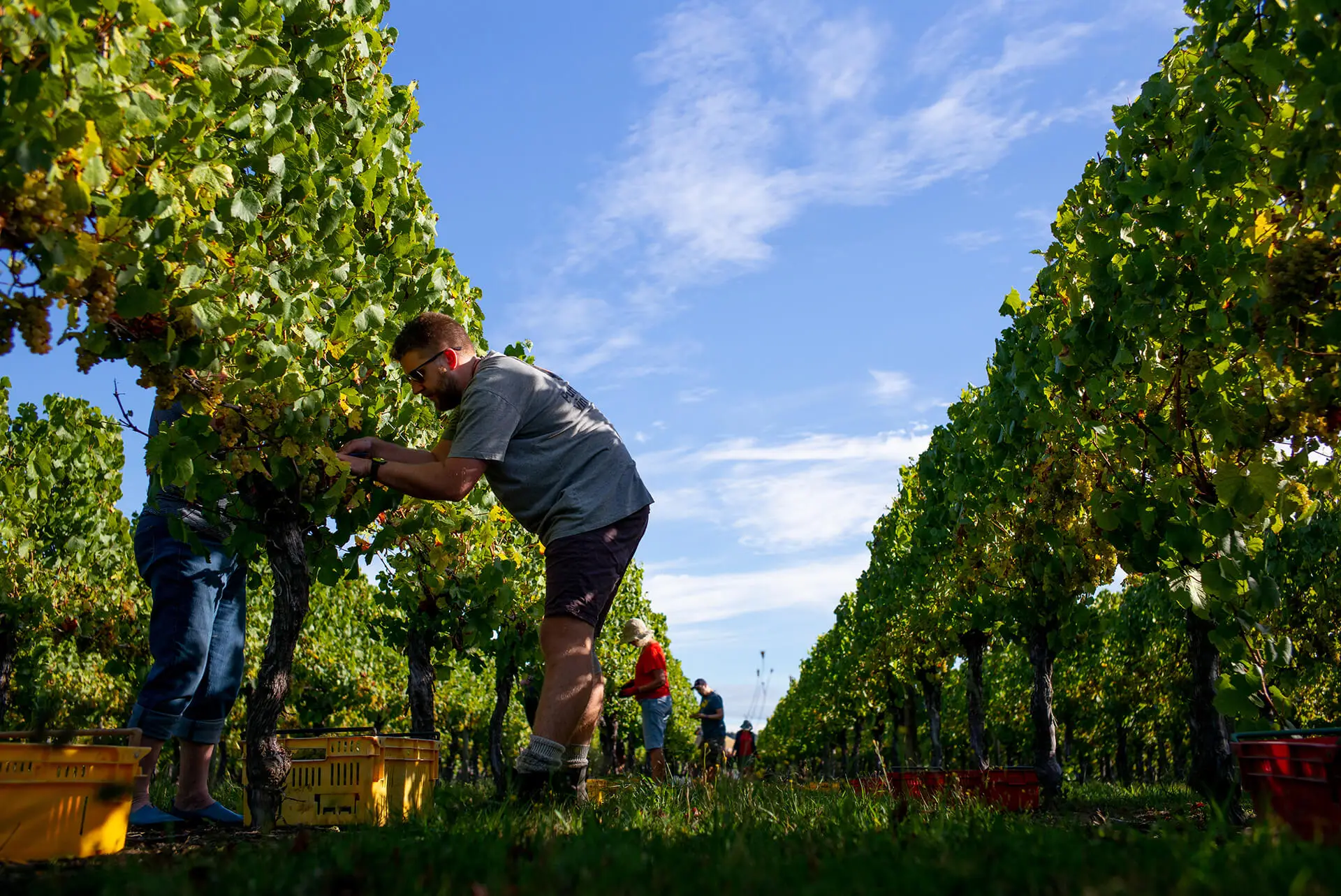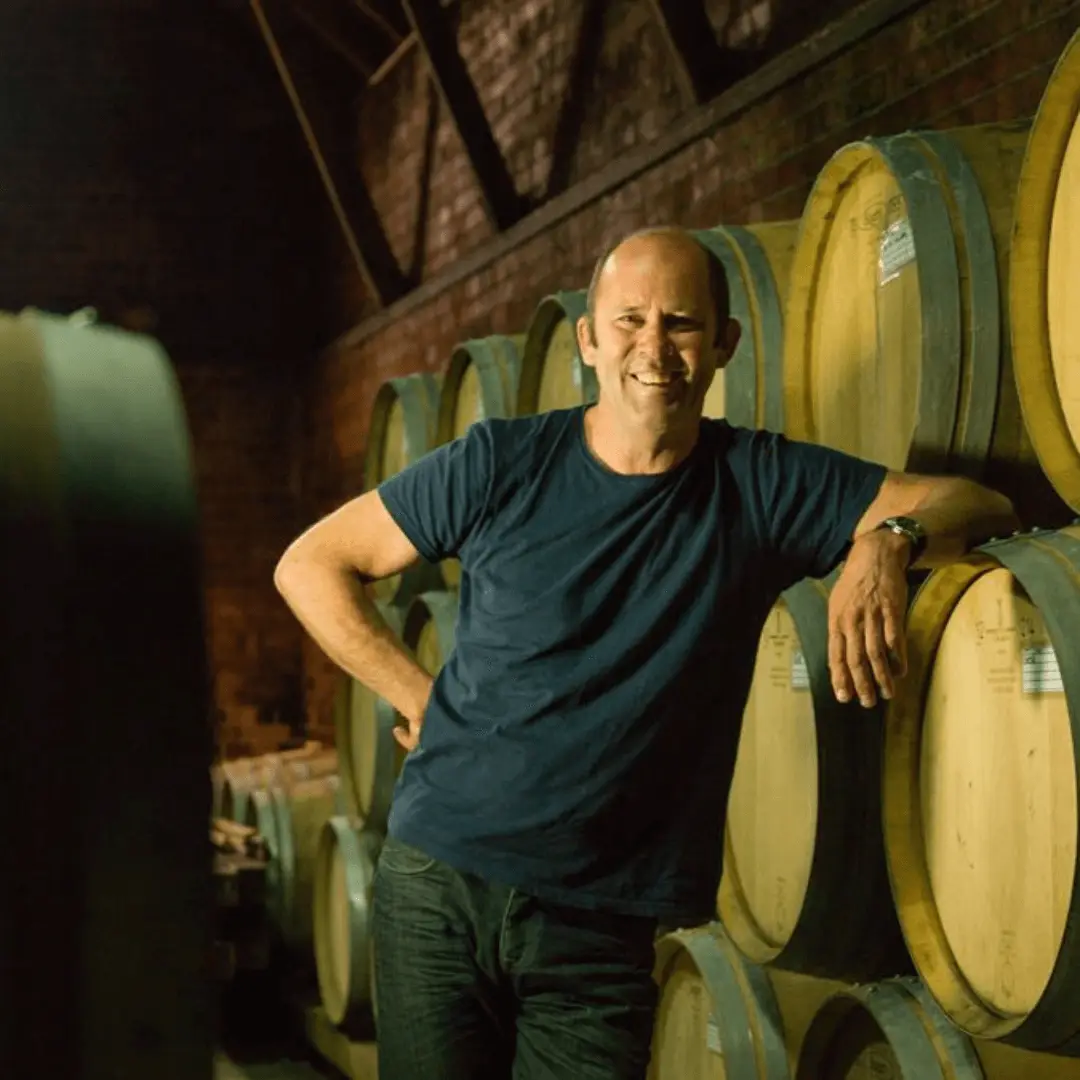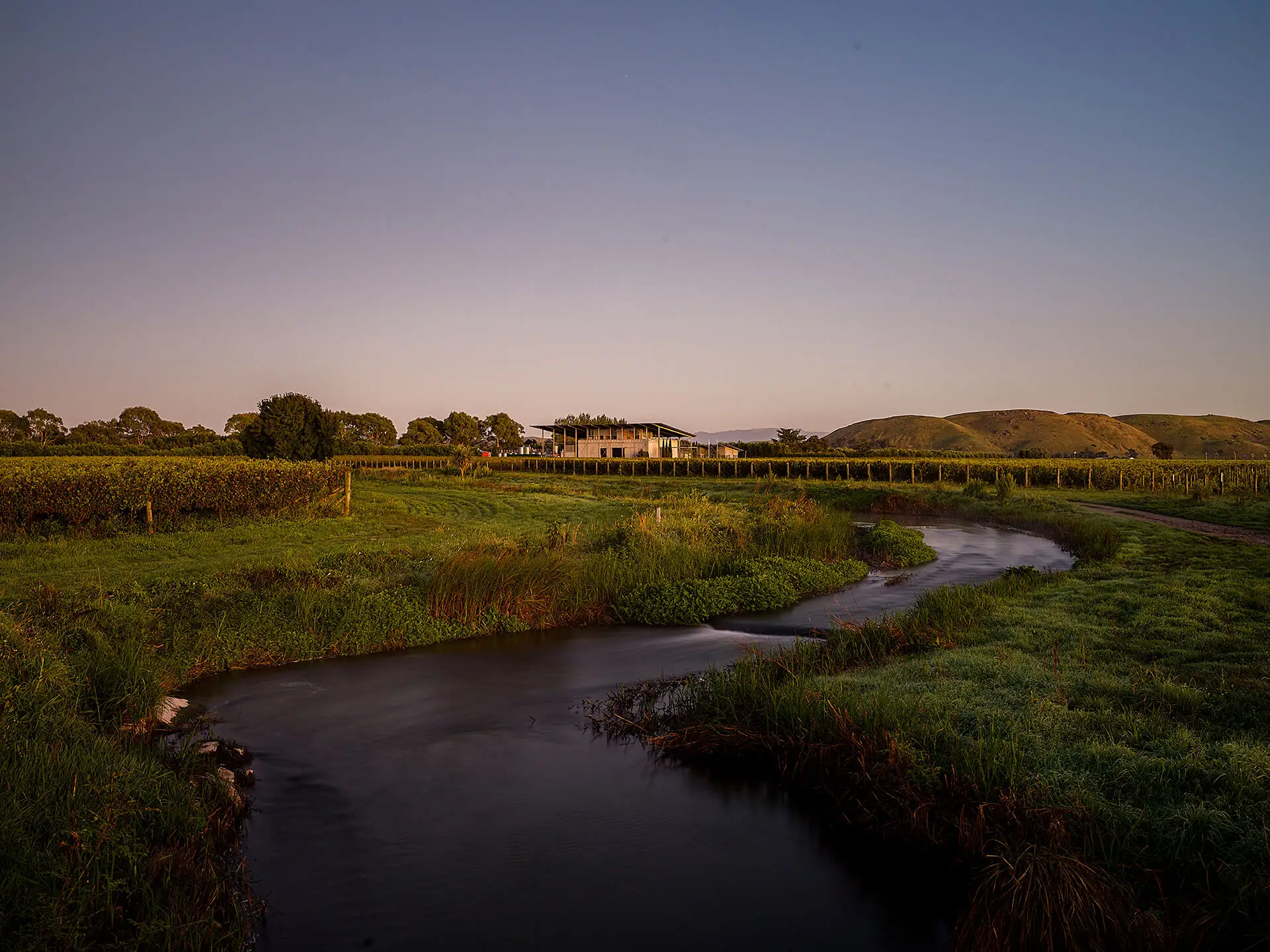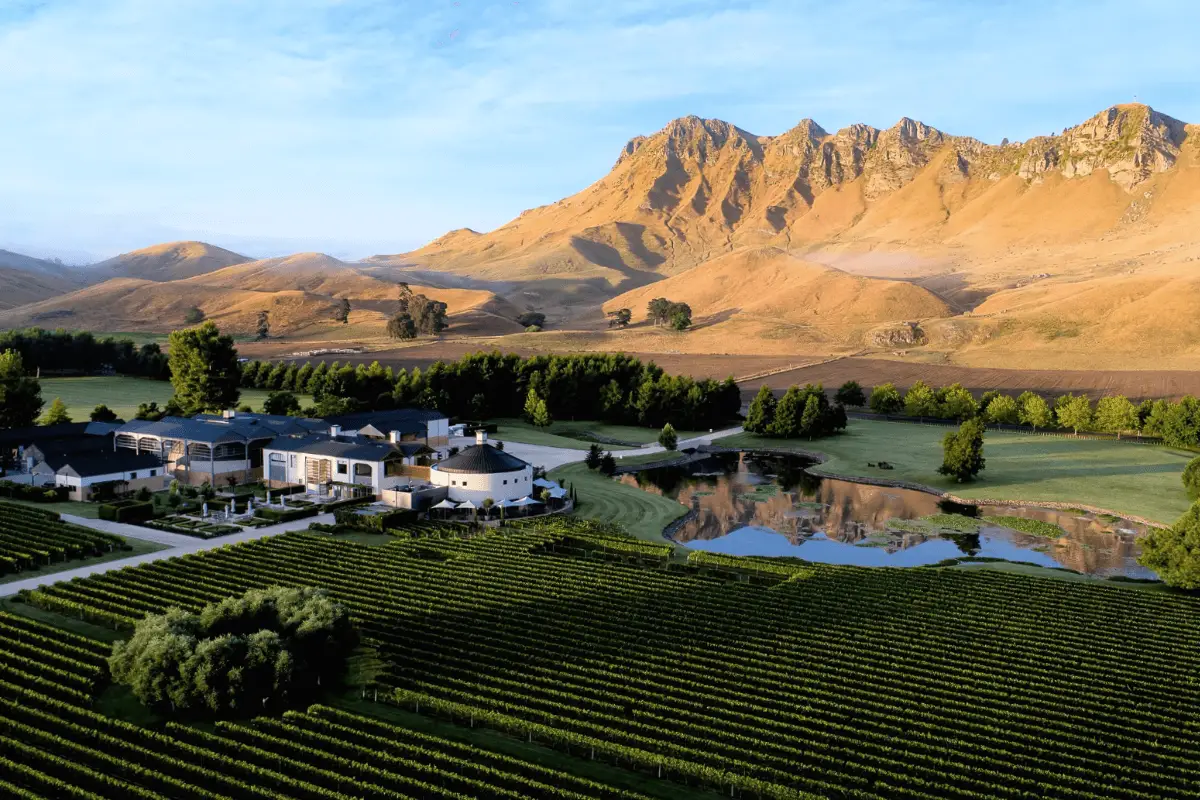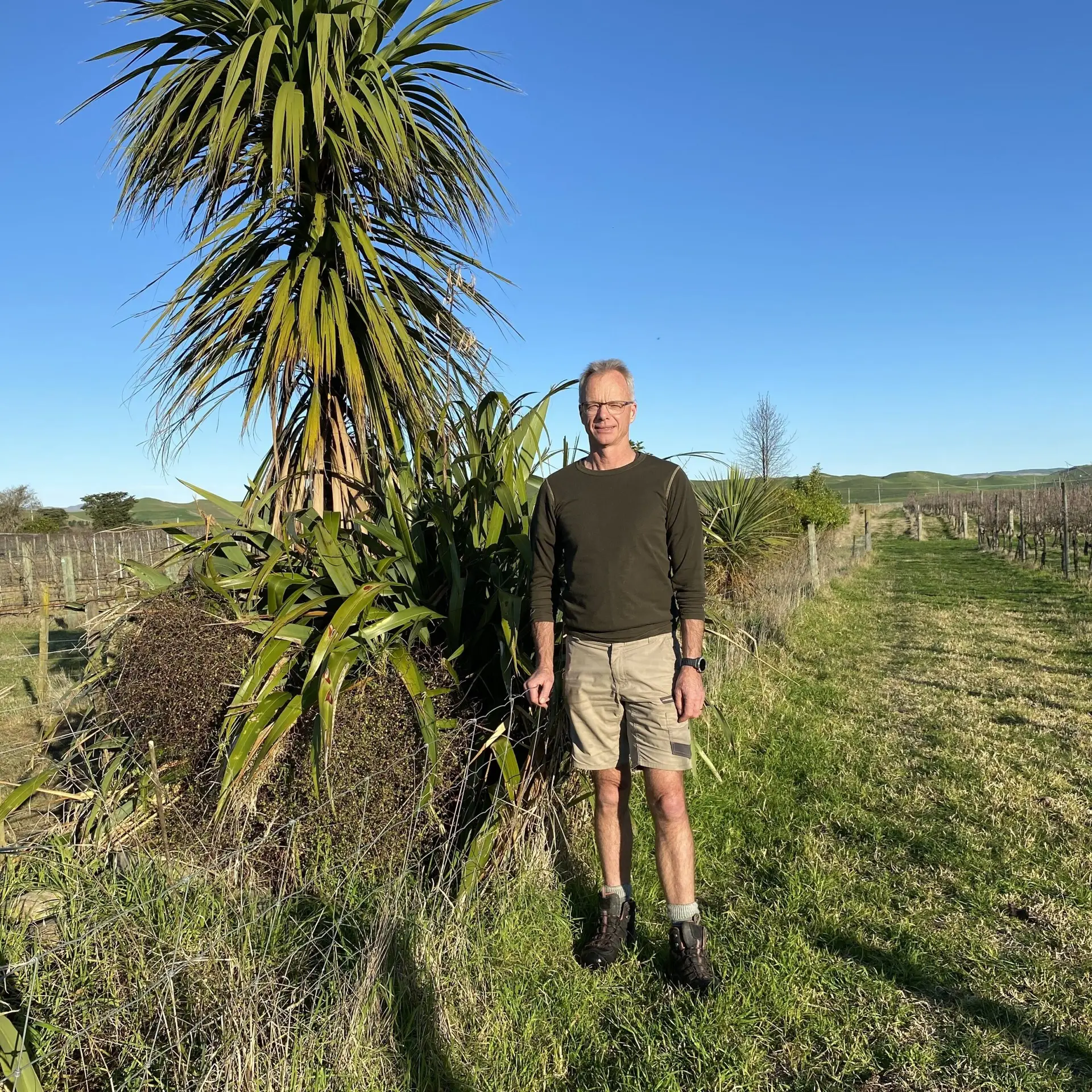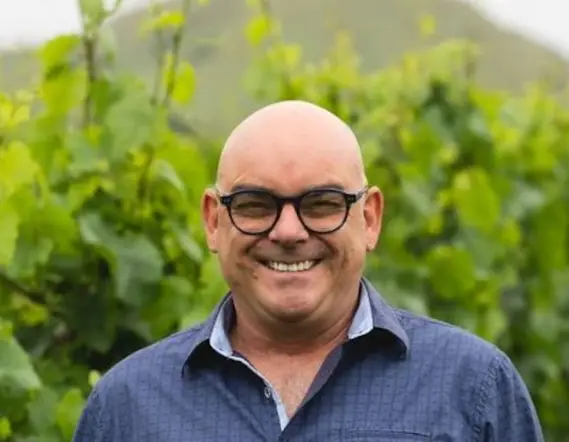Our Story
The history of Hawke's Bay's outstanding wine is as complex and rich as the wine itself.
It begins with the slow movement over thousands of years of soil, stones and sediment down rivers and across the plains that dominate the landscape.
It was French Monks at the historic Mission Estate Winery in Taradale that first experimented with these new world conditions, planting the first vines in 1851.
The region’s reputation for pioneering wine making was solidified by the addition of Te Mata Estate near Havelock North in 1896 and Church Road Winery (then Mcdonalds Winery) a year later.
Planting extended to Hastings with Vidal Estate (1905) and north of Napier in 1933 with Esk Valley Winery (then Glenvale).
Since then, the region’s reputation and scale of production has continued to grow. Today there are more than 100 wineries ranging in scale from boutique family-owned producers through to large national brands, all equally committed to creating outstanding wine.
Because of the region’s size and diverse climate and landscape, it produces a wide range of wine varieties to a very high standard. Approximately 90% of New Zealand’s Syrah, Cabernets and Merlot are produced in Hawke’s Bay, and it is renowned for being the spiritual home of New Zealand Chardonnay.
Supported by the internationally significant Art Deco architecture, beautiful beaches and well established wine and food tourism trails, Hawke’s Bay has become a must-see destination for wine lovers both national and international and a place everyone associates with the best of times.


Kaitiaki - Guardians of land and people
In Te Matau-a-Māui (Hawke’s Bay), nearly one quarter of the population identify as Māori, most originating from the Ngāti Kahungunu iwi (tribe) – the third largest iwi in New Zealand.
A kaitiaki (ky-tee-a-kee) is a person or group that is recognised as a guardian by the tangata whenua Māori.
All members of New Zealand Winegrowers Association are responsible for ensuring the sustainability of the wine industry so consider themselves to be kaitiaki, protecting the land that creates their exceptional wines.
As part of this, 98% of New Zealand vineyards are certified by Sustainable Winegrowing New Zealand™ – the world’s first national wine sustainability scheme established in 1997 and still recognised as the world-leader in ensuring environmental best practice and minimal impact on the natural and social environment.
Our Sub Regions
Hawke’s Bay’s temperate climate and plentiful sunshine make the region ideal for fruit-growing.
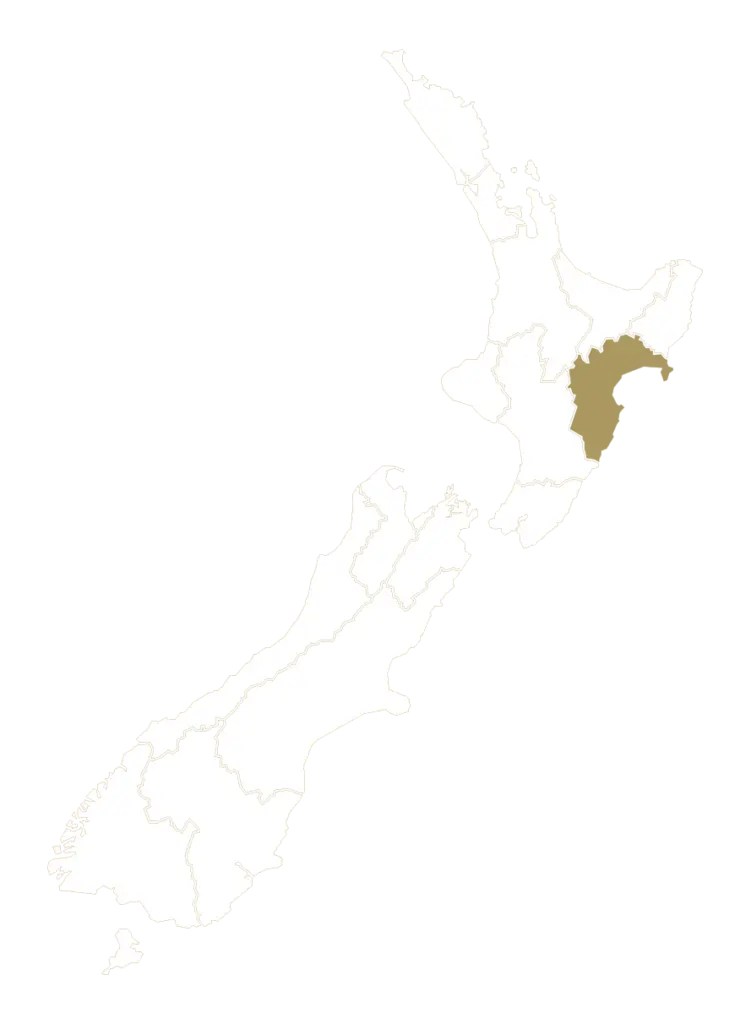
Coastal Areas
The two grape growing areas located directly on the coast enjoy the most dramatic effects of the temperate climate and long growing season. The gravelly soils of Bay View in the northern Esk River Valley area and Te Awanga in the South have achieved recognition for premium Chardonnay and early ripening reds, including Pinot Noir.
Although the maritime influence of the Pacific Ocean extends into much of Hawke’s Bay, the two grape growing areas located directly on the coast enjoy the most dramatic effects of the temperate climate and long growing season.
Hillsides
Increasingly explored for the differences offered in soil and altitude, hillsides also assist with frost protection for the inland sites and are predominately planted in red varieties. Long established around Havelock North, hillsides in the Maraekakaho and Bay View sub-regions produce stellar wines, and as vines march inland, the Central Hawke’s Bay limestone hills are yielding promising aromatics and Pinot Noir.
Alluvial Plains
Established early and now widely planted, the plains vary as much in soils and meso-climes as they do in varieties and styles.
River Valleys
Running across Hawke’s Bay, from the sheltering inland ranges in the West to the sea in the East, are four rivers which have over time created a huge diversity of grape growing sites. These sites have provided sheltered environments, with variations in altitude, aspect to the sun and variations in soil type. Fine examples of premium Chardonnay, Sauvignon Blanc, Pinot Gris and Pinot Noir are sourced from the higher altitude sites.
Central Hawke's Bay
Inland at an altitude of up to 300 metres Central Hawke’s Bay vineyards are characterised as being cooler areas showing potential for Sauvignon Blanc, Pinot Gris and Pinot Noir.
Visit
The climate and lengthy growing season also allows regular production of successful dessert styles. New varieties are continually trialled.
The numerous wineries and vineyards encompass both large multi-regional entities and tiny family-owned boutique producers; all share a commitment to making great wine.
With its lengthy history and verdant, productive landscape, Hawke’s Bay is home to an outstanding wine tourism culture and offers a wide variety of cellar door experiences as well as regular food and wine festivals.
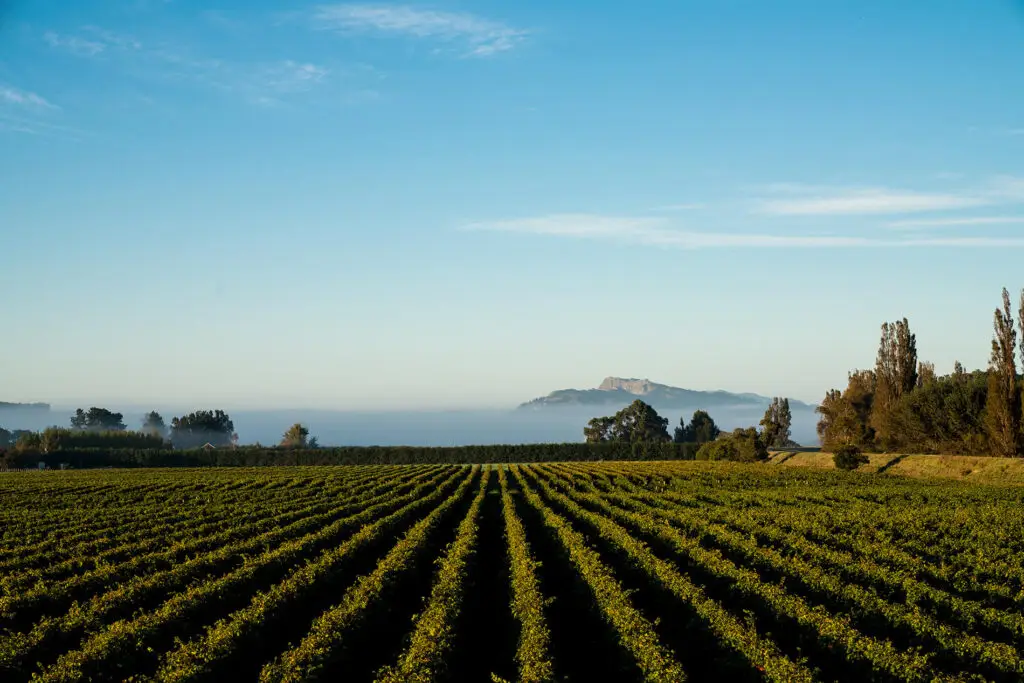
News
Welcome to our news page, your source for any updates on our top stories.
